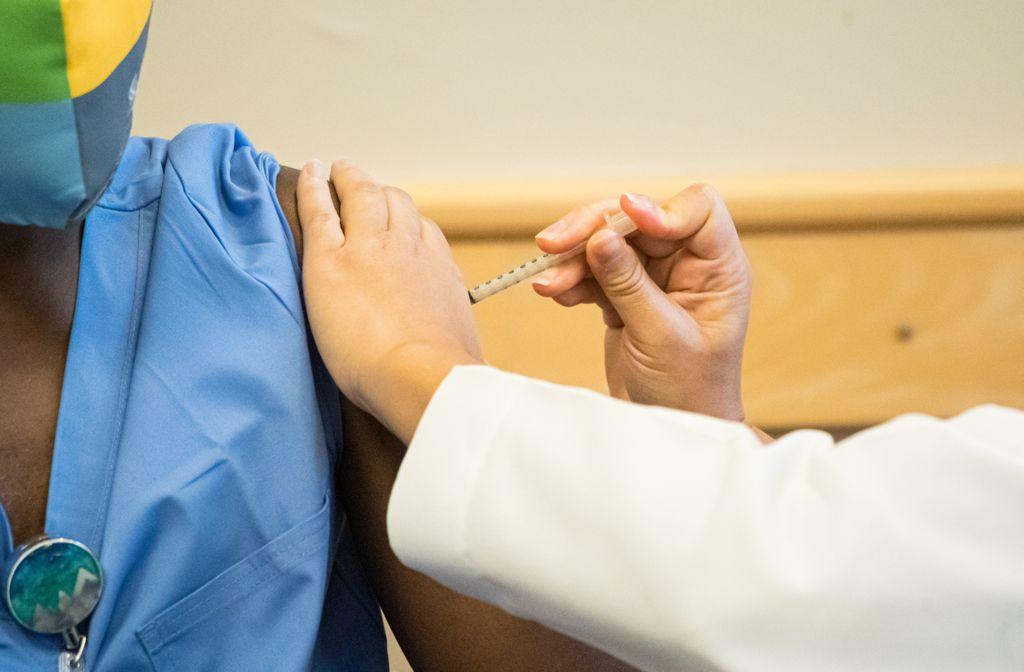
As COVID 19 vaccine becomes more available in Oregon, a troubling early trend is emerging of lower vaccination rates among minorities. Using vaccination rates in the tri-county area as an example, among Oregon Health Plan members who are fully or partially vaccinated, the rate is 17% for whites, but only 12% for Hispanic and Pacific Islander members, 11% for Black members and 9% for Russian, Romanian, and Somali-speaking members.
(Because Medicaid covers a younger population, many members are not yet eligible for a shot, which accounts for the overall lower vaccination rate than statewide. Even with this limited eligible population, however, these disparities have emerged.)
Trust in government and in our health care systems are at an all-time low, especially within minority communities, which have been disproportionately impacted by COVID. Mobilizing, empowering and resourcing trusted local leaders within these communities to help with outreach for vaccine uptake is an important part of the solution. The Oregon Public Health Institute, for example, has a cadre of trained community workers who could be engaged to do outreach in 12 languages.
Another critical part of the solution is to more fully engage our coordinated care organizations in this effort by adding a vaccination metric to the quality incentive pool.
As many know, a central tenet of coordinated care organizations is to manage the total cost of care while maintaining quality and positive health outcomes. This is achieved through quality outcome incentive metrics for which CCOs are financially accountable and rewarded if they make progress towards specific outcomes.
Due to the realities of the pandemic, the metrics program was moved to a “reporting only” status for 2020. The current plan at the Oregon Health Authority, as I understand it, is to reinstate the metrics program for 2021 using the year 2019 as the baseline to measure quality improvement. Because of the disruption caused by the pandemic, however, expecting improvement in 2021 over 2019 is unrealistic.
At the same time, getting people vaccinated is one of the most important and time/resource consuming challenges facing both the CCOs and the OHA. Given the urgency of the vaccination effort and the troubling inequity that is emerging in vaccine uptake, there is an opportunity to both address this problem and strengthen the connection between our CCOs and the communities they serve.
By maintaining some of the metrics in a “reporting only” status for 2021, resources can be freed up in the quality incentive pool that fund a new vaccination metric focused specifically on addressing the growing inequity in vaccine uptake.
Doing so will strengthen the connections and working relationships between CCOs and the community in general, and minority communities in particular. It will also strengthen the relationship between CCOs and public health and, eventually, with our public schools as the age for vaccination is lowered. All of these things will help CCOs fulfill their original mission as organizations with the capacity to move beyond the narrow clinical model and look more broadly at community health.
We have here an opportunity to double down on our commitment to ensure that the COVID-19 vaccine is distributed equitably, to begin to address racial and ethnic disparities in our health care system, and at the same time, to strengthen the fabric of our community.
Dr. John Kitzhaber, a former emergency room doctor and three-term governor of Oregon, is chair of health policy at The Foundation For Medical Excellence